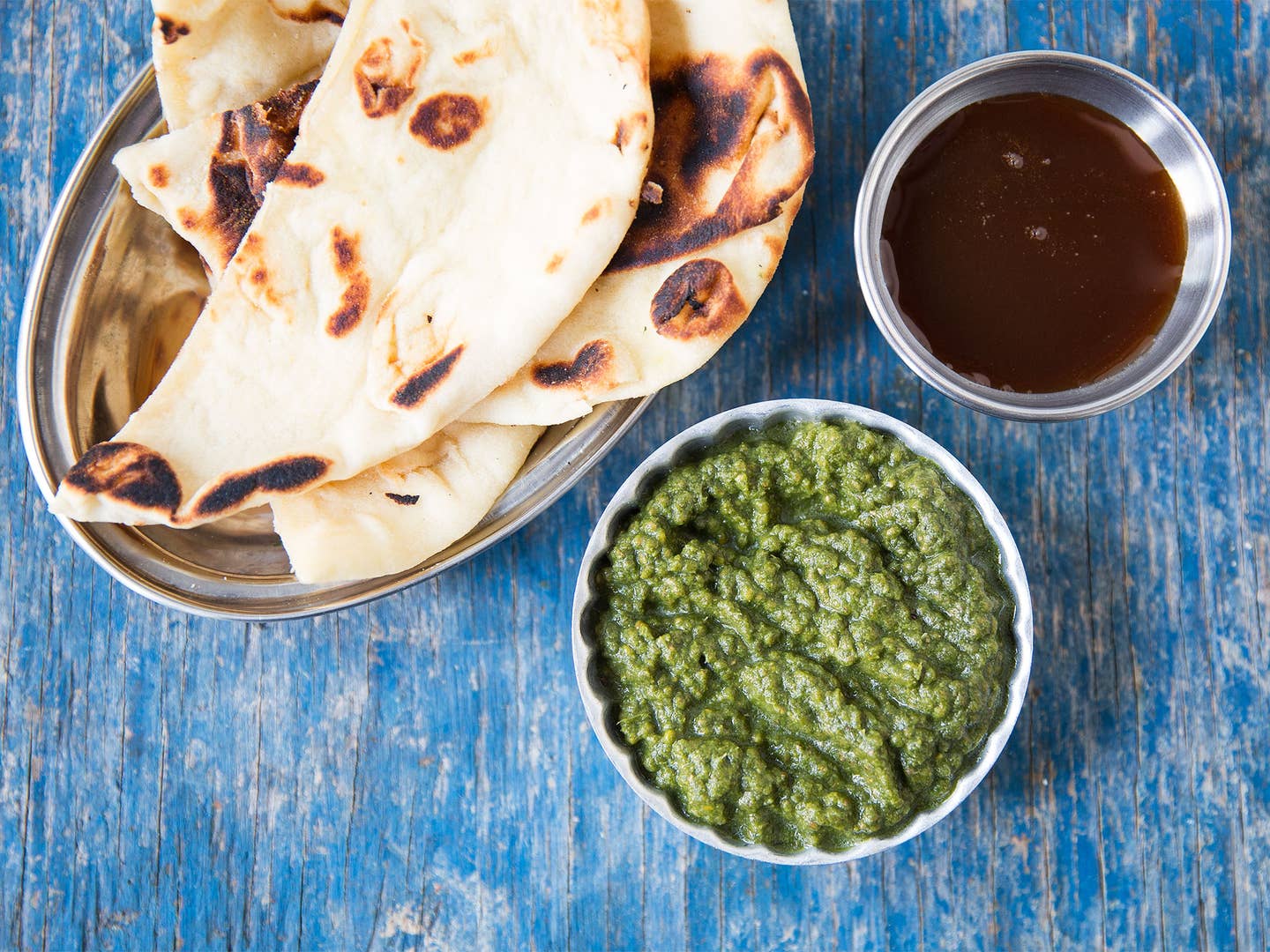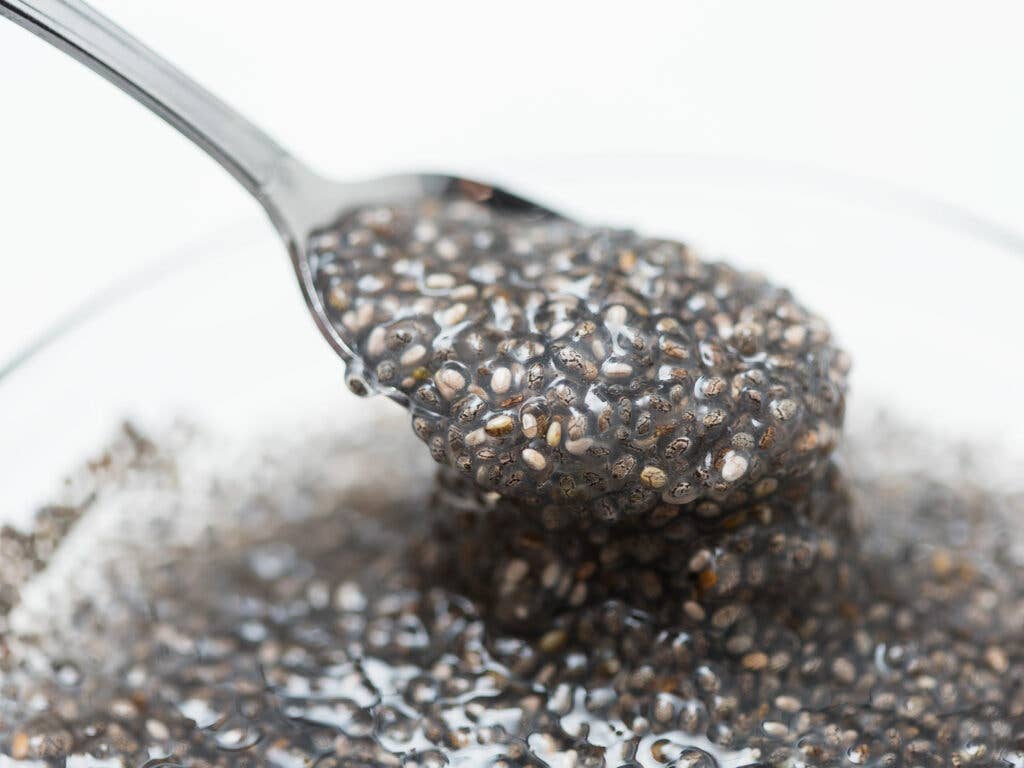
Use Chia Seeds as an Easy, No-Fuss Thickener for Homemade Hot Sauce and Purees
The nutrient-rich seeds’ magic gel keeps solids from separating for a perfectly smooth sauce or relish
Seeds from the Central American Salvia hispanica plant have had a strange history in the States. Originally harvested by the Aztecs, chia is still used in Central and South American in food and beverages, but those of us that grew up here in the ’70s and ’80s were most likely introduced to them through a kitschy novelty item from the maker of The Clapper.
The Chia Pet was meant to be spread with a slurry of hydrated chia, which then, to the tempered delight of millions, sprouted wisps of green "fur." In the decades following, chia's culinary use in the U.S. has been mostly confined to the health food industry, but in recent years the natural food movement has caught onto chia as a nutrient-dense addition to yogurt, granola bars, and heck, even cocktails.
But my favorite use for chia in the kitchen focuses less on the seeds themselves and more on their unique property of forming a thick gel when immersed in water. Which is a handy way to improve something we all love: hot sauce.

If you’ve ever made hot sauce—or any vegetable puree—at home, you may have noticed how, over time, pulverized peppers and other vegetable matter sink to the bottom of the sauce like sediment. Most bottled hot sauces avoid this problem through the addition of a thickener, typically xanthan gum or corn starch. The gelling agent prevents separation by keeping pureed vegetables and spices evenly suspended in the liquid base.
If you don’t want to fuss with xanthan gum and gram scales, chia can do much the same thing.
When the test kitchen received a delivery of Eva Sommaripa's hothouse nasturtium greens, I wanted to find an original recipe worthy of them. I already enjoyed a handful of colorful nasturtium blossoms and leaves added to salads, where they lend a watercress-like crunch and peppery bite, but there were just so many. I was hoping for a less precious use for a plant that I know is abundant in the summer months so I kept digging.
Pascal Baudar’s beautiful 2016 book, The New Wildcrafted Cuisine, is loaded with recipes and techniques for preserving and eating wild plants and while a lot of the recipes remain in the realm of the aspirational, for those of us not living by Pascal’s idyllic southern California wilds, there are some useful nuggets of wisdom in there for even the most urbane cook. His recipe for nasturtium and watercress hot sauce jumped out at me right away.
Bauder instead adds a few tablespoons of his own foraged native chia seeds to his homemade recipe. The seeds soften and swell, absorbing up to 30 times their weight in water. After a 15 to 20-minute rest, the sauce retains none of their gritty crunch, and the seeds take on a slippery texture closer to tomato or tomatillo seeds. The finished tangy green sauce is smooth and spreadable, delicious on fatty roast pork, fried eggs, or fried potatoes.
Delighted with the results, I decided to try the technique in another one of my favorite green condiments: Indian mint chutney. With traditional recipes, the bright and spicy sauce has a tendency to weep and separate, which I was hoping to avoid for a more cohesive texture for dressing tandoori roast meats and flatbread. Adding a scoop of the chia to my homemade blend gave me the consistency I was hoping for: spreadable and thick without a trace of separation or runniness.
I’m excited to try adding chia to lots of different traditional sauces—ravigote or pico de gallo are next up—and while Bauder suggests foraging your own seeds from the local terrain, city folk like me can thankfully find cultivated chia at the local Whole Foods.
Keep Reading
Continue to Next Story










